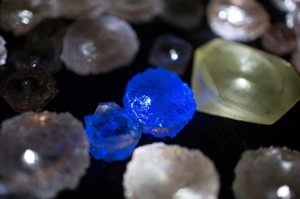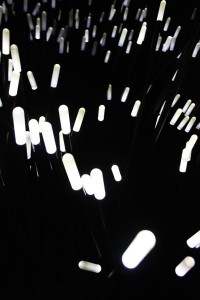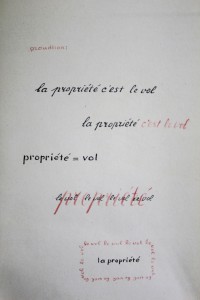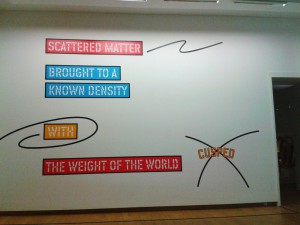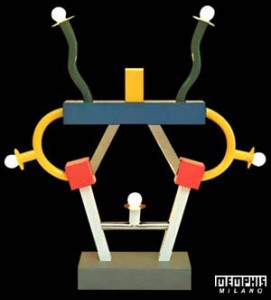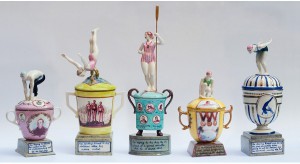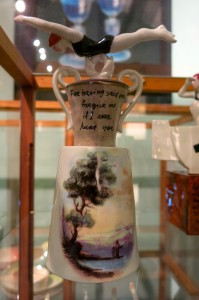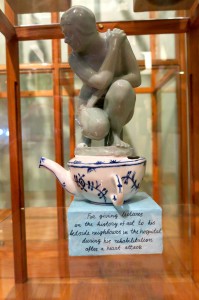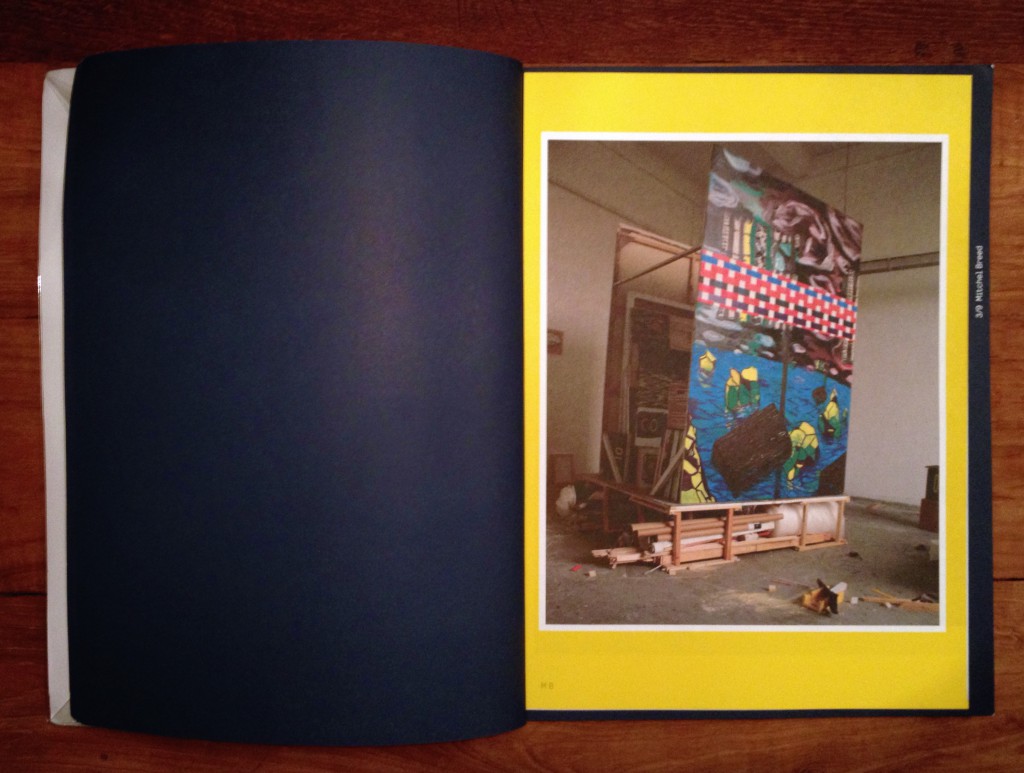
Intentional Stance,
published by Stichting Ateliers 63
‘De Ateliers, established 1963, is an independent postgraduate artists’ institute led by artists. New talent from the Netherlands and abroad is given the opportunity to work in a spacious studio, with the support of a grant and the critical feedback of prominent artists and critics who make studio visits weekly. A working period lasts two years.’
‘Intentional Stance’ presents works by ten young artists [Eric Bell & Kristoffer Frick, Fritz Bornstück, Mitchel Breed, François Lancien Guilberteau, Fiona Mackay, Saskia Noor van Imhoff, Emma van der Put, Laurens Stok and Amanda Wasielewski] who conclude their two-year working period at this internationally acclaimed postgraduate artists’ institute (De Ateliers 63) at the summer 2012 exhibited between 23.05. – 03.06.2012 in the exhibition curated by Bojan Šarcevic.
The publication is very much like an exhibition. The cover itself lists the names of the artists featured inside, the name of the publication, dates of the actual exhibition, the above mentioned institution and its location. All this would come across as rather informative, in my opinion, if the cover wasn’t done in only one color. Nearly the whole publication is printed on a dark blue heavy-weight paper.
When you open the book, a leaflet falls out.On the inside the publication is explained much like I just did here. There is also a floor map of the exhibition that took place in 23.05. – 03.06.2012 and short descriptions of each participating artist.
Each artist is given a spread to ‘exhibit’ his or her work. Each spread is the same dark blue as the cover with nothing printed on it except for the number and name of the artist. Instead of print on the pages themselves, each spread comes with a two-sided print the size of a poster showing the artist’s work. Needless to say these prints are another work by the artists.
The publication has a sturdy binding which, after a brief research, might be called the over sewn binding. The size of the book is roughly 34.9 cm by 27.3 cm, with these measurements it falls in between formats Quarto and Folio. It gets close to the paper size B4, as well.
What attracts me is that the publication was done in collaboration with the artists. It creates a tight relation between the content and the publication. It is not only a publication but also a piece of art. What I find interesting are the posters in between, one gets closer to the work when it is possible to hold and even replace in another context. The design creates a space of its own.
Other aspects that attracted me with this publication were the dark blue color, the size and the heavy-weight paper. All of which are personal weak spots of mine when browsing books.
The book was designed by Merel van den Berg and the artists. As far as I got with my research about van den Berg, it seems she has worked with combining posters and publications. Based on this, rather direct parallels can be drawn.
Little do I know about designing books, but to me it seems that this publication is a typical art book and, I would say, trendy with its simplicity and very careful, ‘designy’ look.
The publication is accompanied by a website, which is more or less just another version of it.
Who made the publication?
Entries: Dominic van den Boogerd in collaboration with the artists, Marlene Dumas and Simeon Cieslinski
Photography: the artists
Design: Merel van den Berg, the artists
Print: Drukkerij Raaddraaier
Website: Joel Galvez
Website photography: Gert Jan van Rooij, the artists
Rietveld library catalog no: 705.9 ate 5













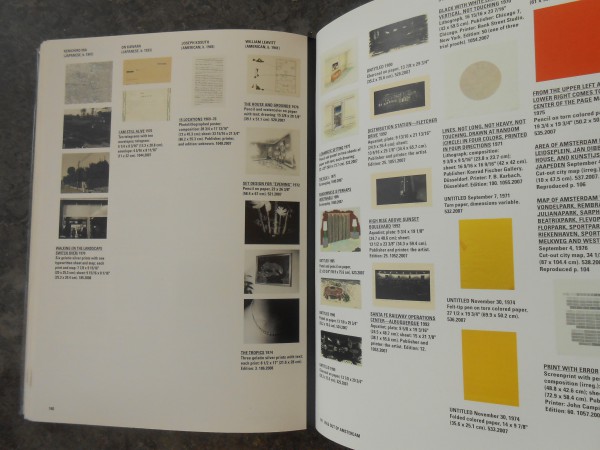
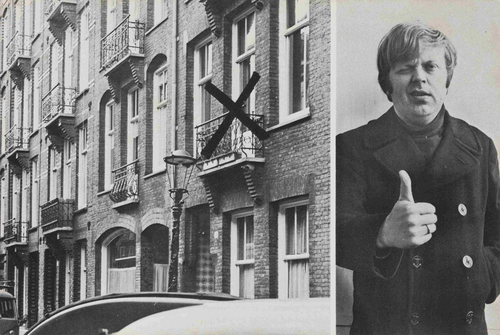

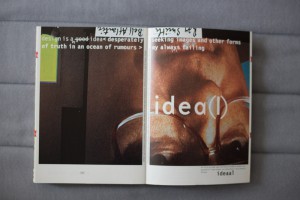


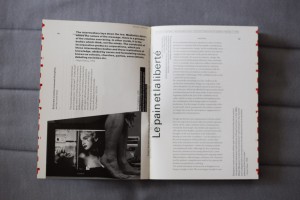
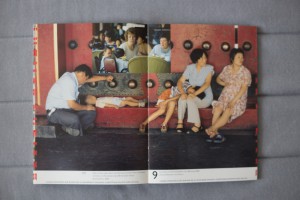
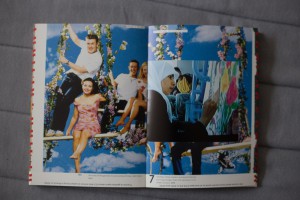
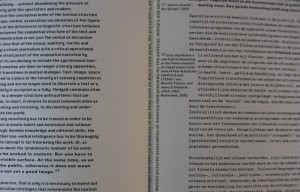
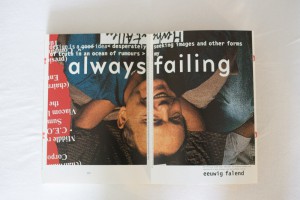
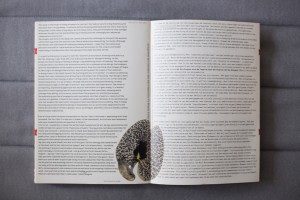
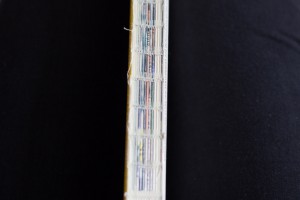
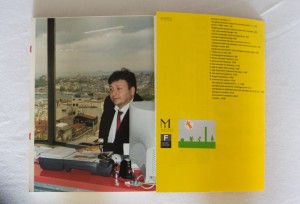






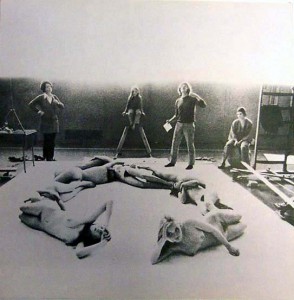

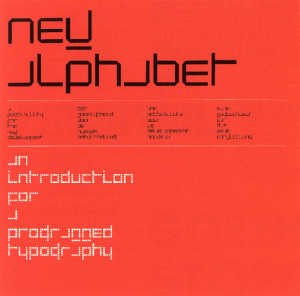
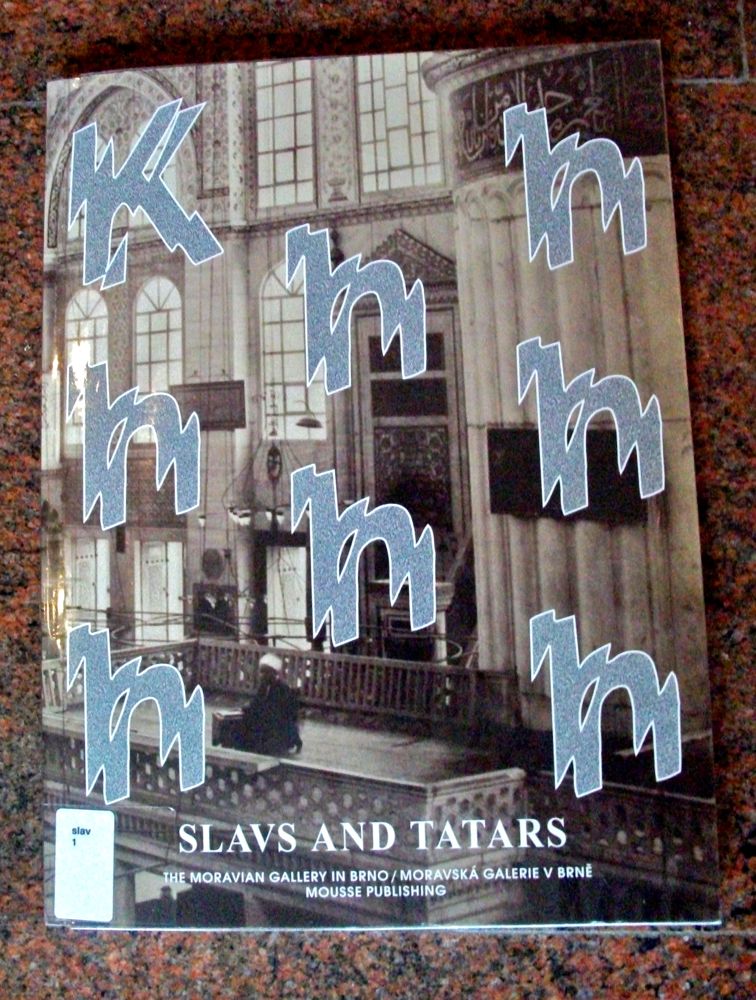



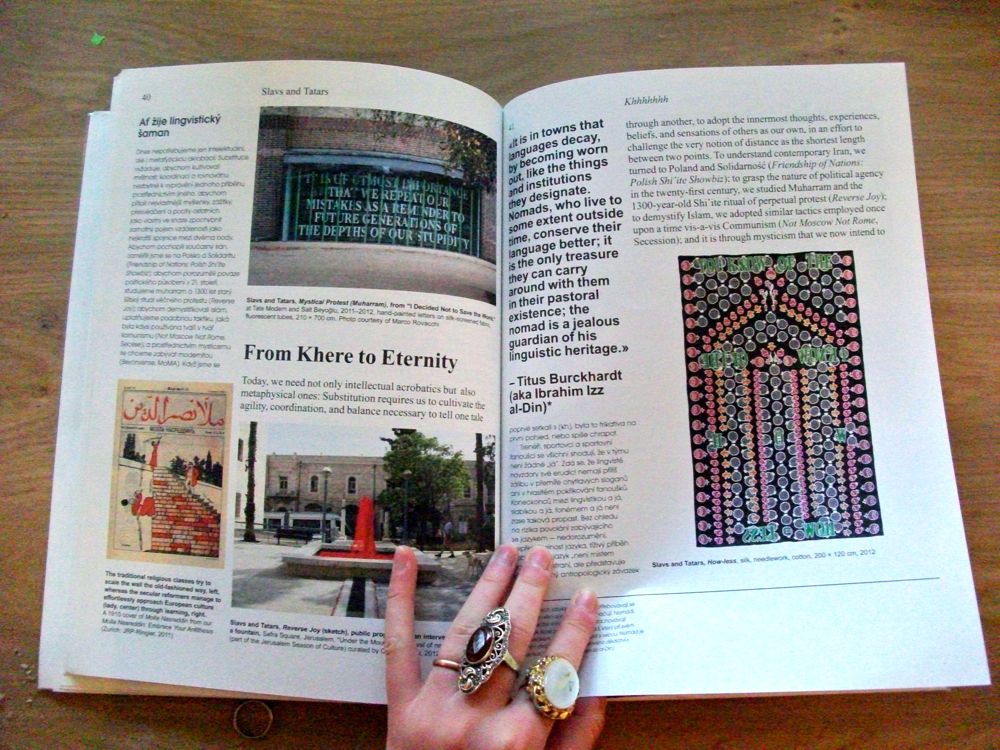
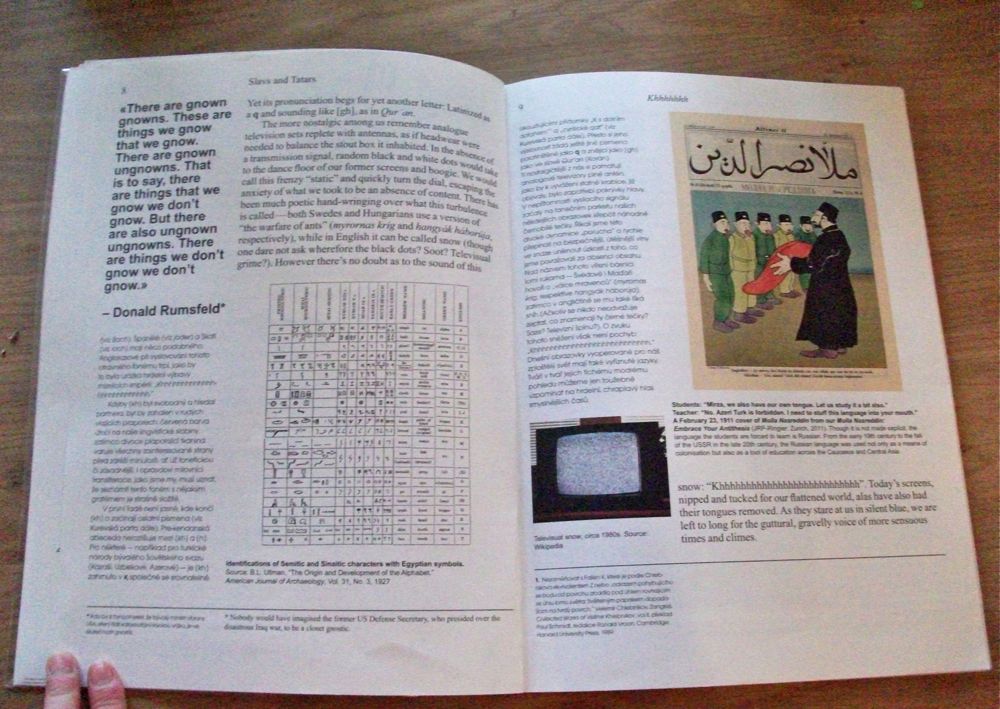

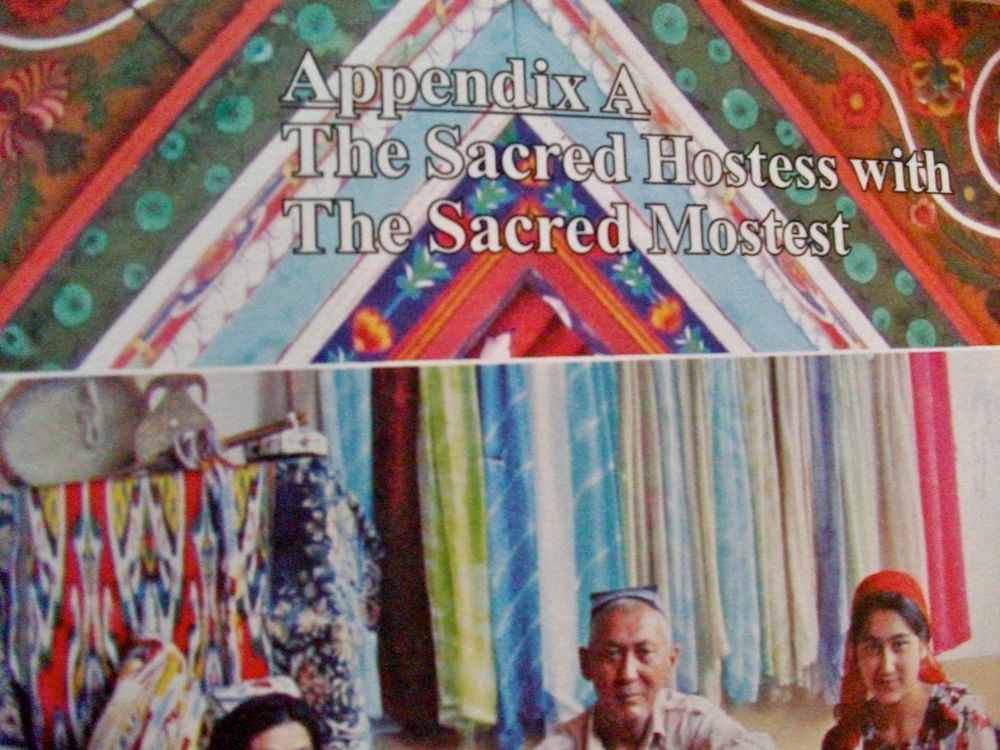
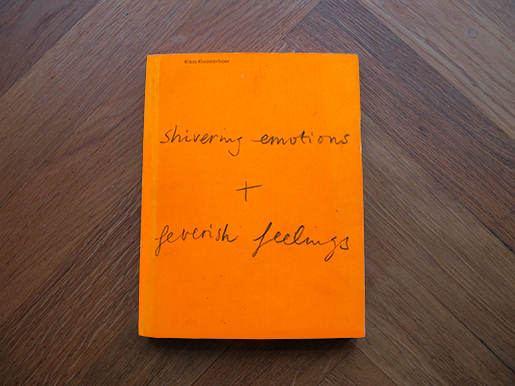
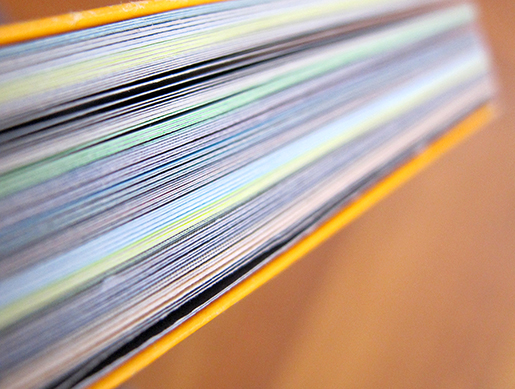
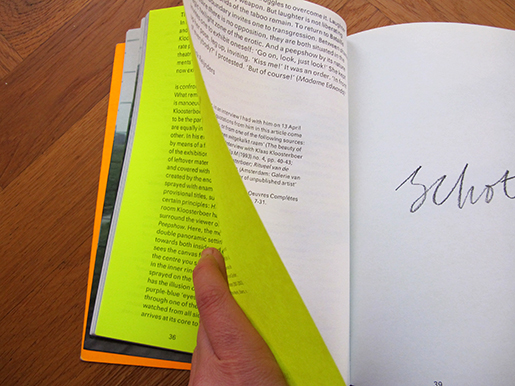

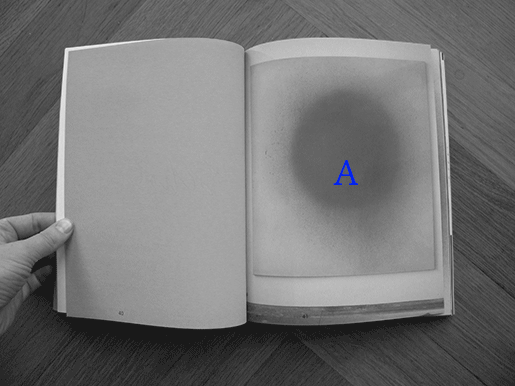
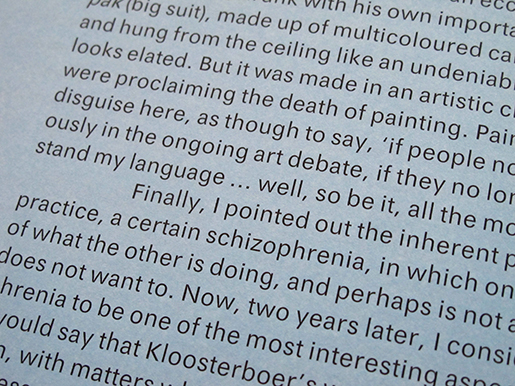
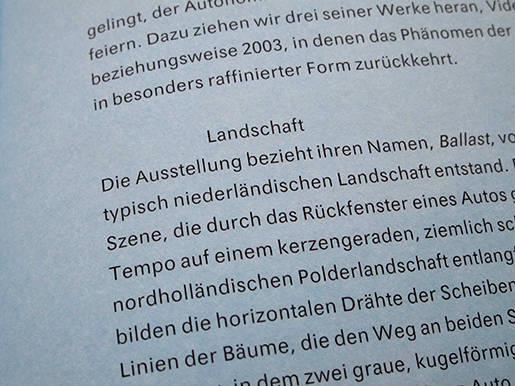

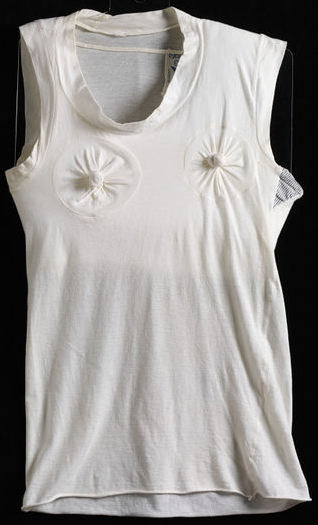

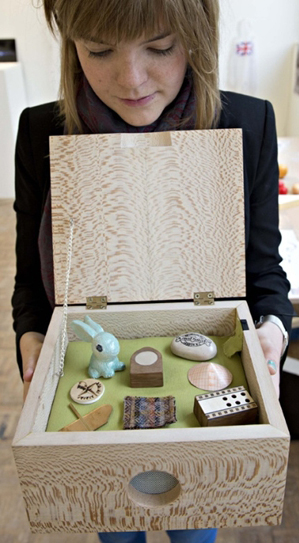
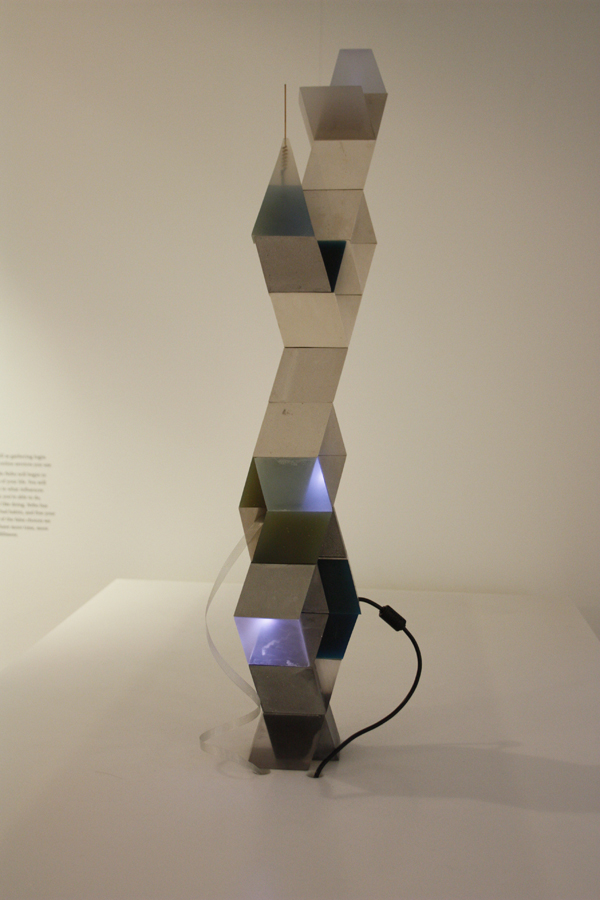

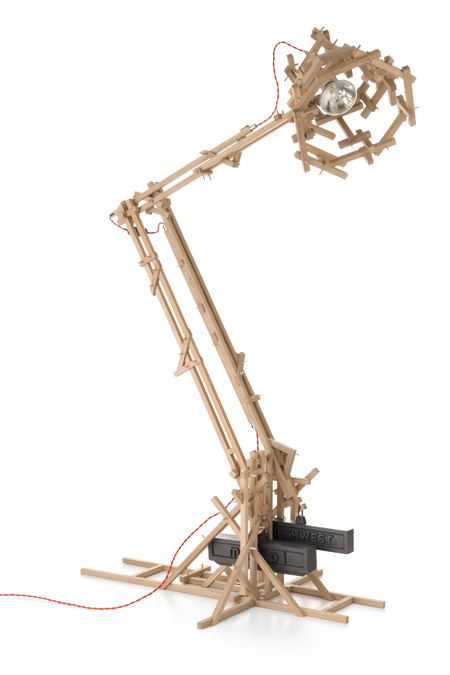


![selected by Salie van der Wal [ part-left ] Sottsas_London_Item_Left](https://designblog.rietveldacademie.nl/wp-content/uploads/2013/10/Sottsas_London_Item_Left.jpg)
![selected by Salie van der Wal [ part-right ] Sottsas_London_Item_Right](https://designblog.rietveldacademie.nl/wp-content/uploads/2013/10/Sottsas_London_Item_Right.jpg)
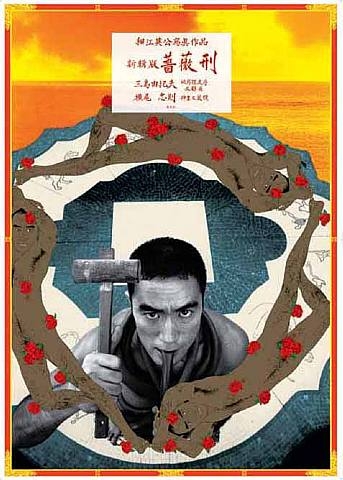

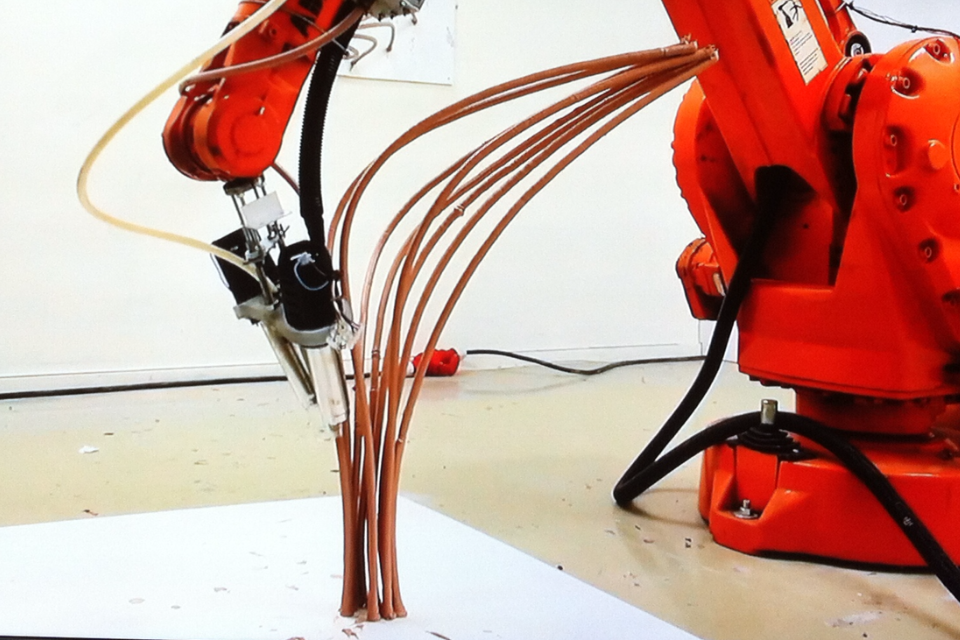
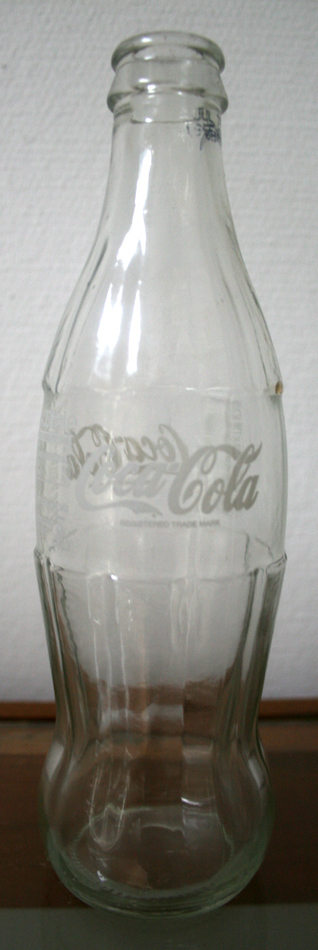



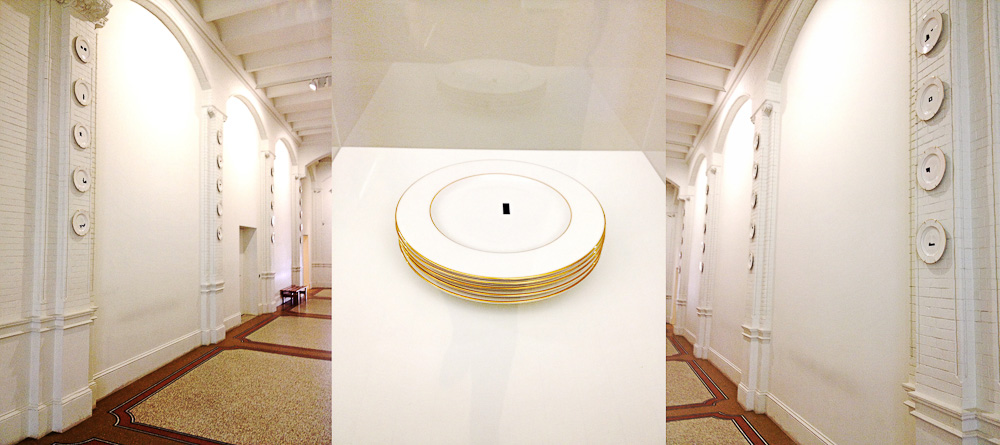

 I also discovered that Autotypes is a follow up work from Museotypes from 1983: sixty glazed ceramic plates with gold trim. Like he did with Autotypes, he did not represented the particular museum building by its familiar, literal image. Instead, he ironically chose the abstract configuration of the floor plan that on the plate serves as a ready-made code or symbol. In Museotypes John Knight fuses various visual but specifically non-art traditions in order to questions and revalidate contemporary art. He presents the plates as collectable items and reduces them to commercially available, limited-edition souvenirs. The museums are literally put on display, and as the artist explained, the work as a whole becomes “a representation of the museum and its role in culture”.
I also discovered that Autotypes is a follow up work from Museotypes from 1983: sixty glazed ceramic plates with gold trim. Like he did with Autotypes, he did not represented the particular museum building by its familiar, literal image. Instead, he ironically chose the abstract configuration of the floor plan that on the plate serves as a ready-made code or symbol. In Museotypes John Knight fuses various visual but specifically non-art traditions in order to questions and revalidate contemporary art. He presents the plates as collectable items and reduces them to commercially available, limited-edition souvenirs. The museums are literally put on display, and as the artist explained, the work as a whole becomes “a representation of the museum and its role in culture”.



